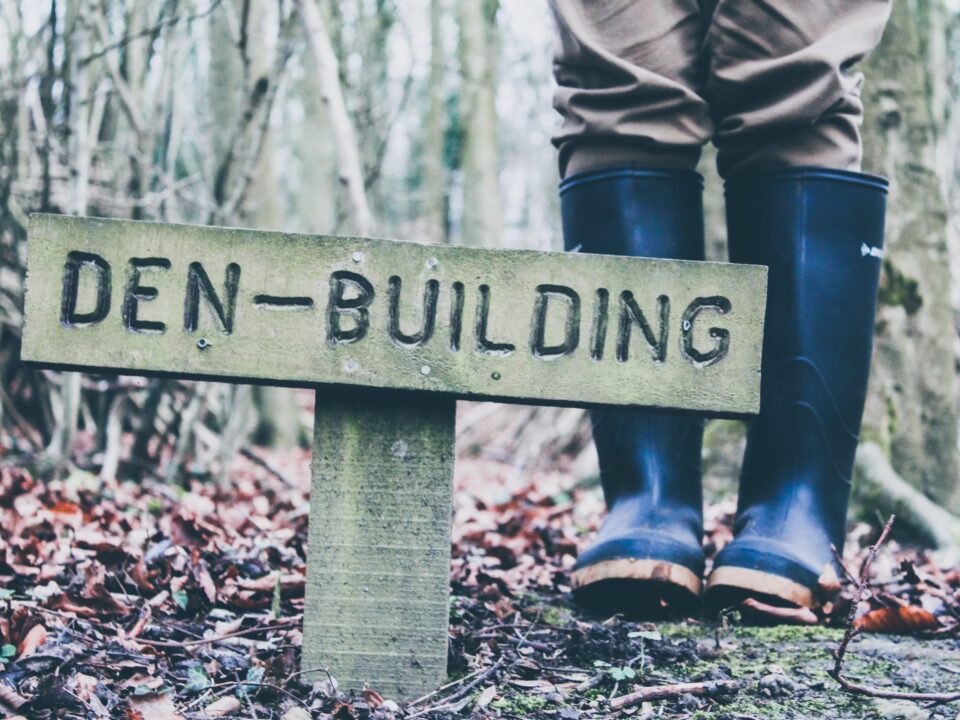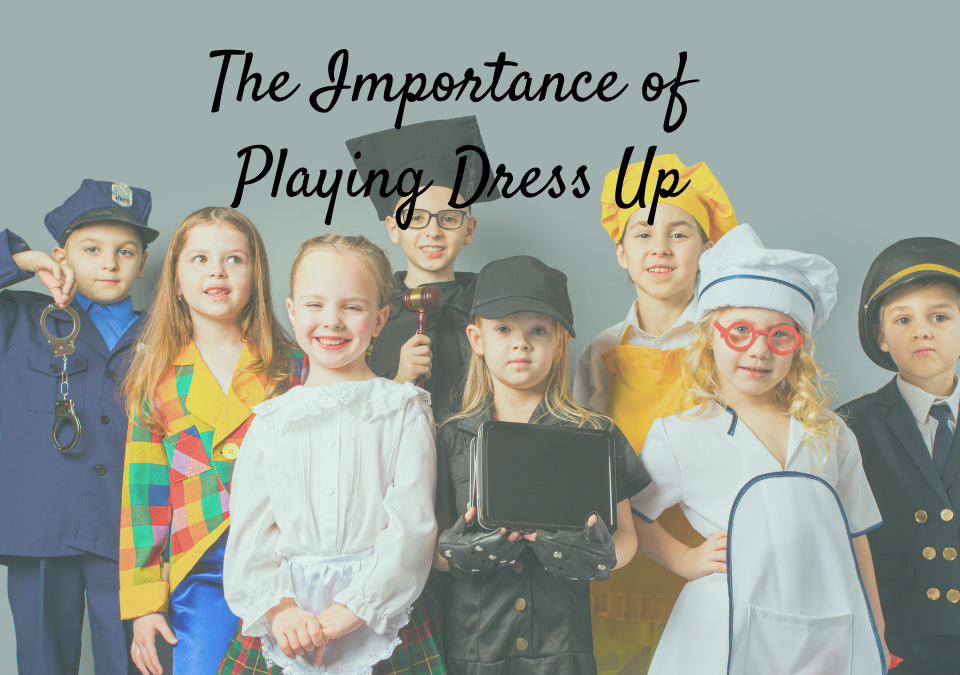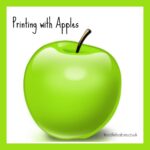
Printing with Apples (and 8 other apple activities)
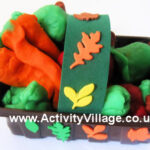
3 in 1 Harvest Basket crafts
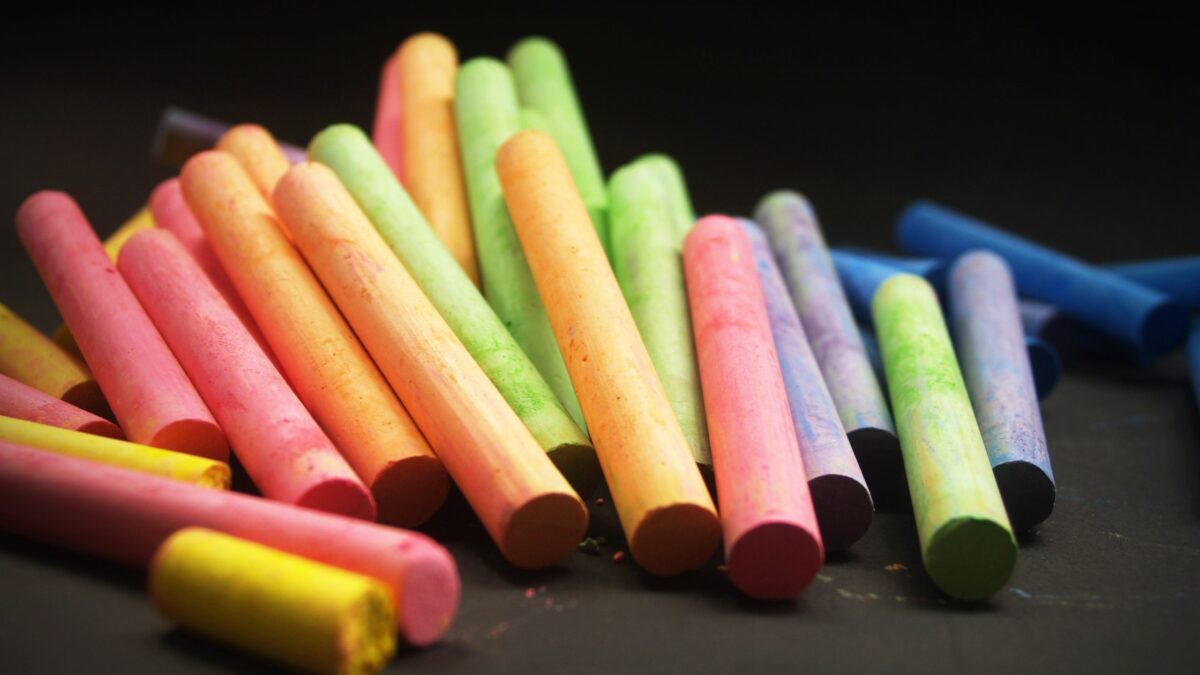
Fireworks of all kinds are used to celebrate Guy Fawkes and New Year’s Eve as well as many other celebration days. They can be designed to burn with coloured flames and sparks including red, orange, yellow, green, blue, purple, and silver. Firework displays are common throughout the world and are the focal point of many cultural and religious celebrations. Large public professional displays are fun to attend and take the stress out of organising one yourself.
Table of Contents
Firework Party Tips
For a firework party or celebration, there are some tips you need to make your fireworks party go off with a bang, and to ensure that everyone goes home without any burns or more serious injuries.
If not handled properly, fireworks can cause burns and eye injuries in kids and adults. The best way to protect your family is not to use any fireworks at home. If you do decide to do a small display at home, then Fountains, Roman Candles, and Shooting Stars offer pretty low-level effects that you can have plenty of fun with and are a lot safer than the bigger noisier fireworks available. They might seem a bit boring to you, but kids love them, especially since they are also quieter. Because of the potential safety issues and because you can enjoy the bigger aerial fireworks, I would recommend that you attend public fireworks displays, and leave the lighting to the professionals.
Fireworks Safety for Children
Fireworks can be loads of fun but there are some safety considerations especially with younger children.
Children under five aren’t old enough to safely hold a sparkler and don’t really understand why they might be dangerous. Don’t give them one to hold but rather hold it for them to watch and enjoy.
Babies or children can wriggle about in your arms and reach out unexpectedly. You should avoid holding your baby or child when you have a sparkler in your hand.
Children over five still need you to keep an eye on them when they use sparklers. It’s safest if they wear gloves when they’re holding them. Always have a bucket of water or sand nearby to put them in so that no-one can pick up a hot one off the ground. Make sure that you teach them not to wave sparklers near anyone else or to run with them. Pay very close attention to little kids when they are handling sparklers. They don’t realize that once it stops burning that iron rod is still very hot. They might seem like the safest type of fireworks but sparklers can reach a temperature of 2000ºC.
A sparkler can reach a temperature of up to 2,000 degrees Celsius – 20 times the boiling point of water.
Before organising an at-home firework event, be sure to check out the rules regarding lighting fireworks for your area. There are rules and regulations about the types you are allowed, and the hours you are allowed to set them off. It’s always helpful to check if your local fire department has information and safety tips for your event.
In this craft, even your youngest can enjoy recreating fireworks in a simple piece of artwork. Even if they are still in the scribble stage..scribbles look great as fireworks!
Chalk Firework Art
Age group: 18months +
What you need
- Black sugar paper cut to the size you want
- Coloured chalks
- White sugar granules
- Warm water
- Optional: white paint, silver paint, and glitter
What to do
- Place your black sugar paper sheets on a suitable surface. Children often enjoy working on the floor or at a table that is their waist height when they stand. For really young children, it can be helpful to stick the sheet to the table or floor using masking tape.
- Dissolve 2 tablespoons of sugar in half a cup of warm water. Ensure that the water is not too hot to avoid scalding accidents.
- Pour the liquid into a shallow dish that is easy for the children to reach. If you are working with more than one child, it may be easier to give them their own dish each.
- Provide your child with a selection of chalks in a variety of colours.
- Dip your chalks into the water. Show them how to wet the tip of the chalk before mark-making on the paper.
- Draw your fireworks onto the paper. Encourage your child to experiment with different strokes across the paper. Swirls, stripes, squiggly lines, and spots.
- When you’ve completed the drawing, leave it to dry. When the picture dries it has a shimmery effect.
TIP: You can also use an old toothbrush to flick white or silver paint onto the picture or sprinkle coloured glitter to give the art more sparkle.
Hopefully, you have found some useful information for enjoying fireworks safely and that your little one enjoys reliving their experience of watching them when they recreate it through art.
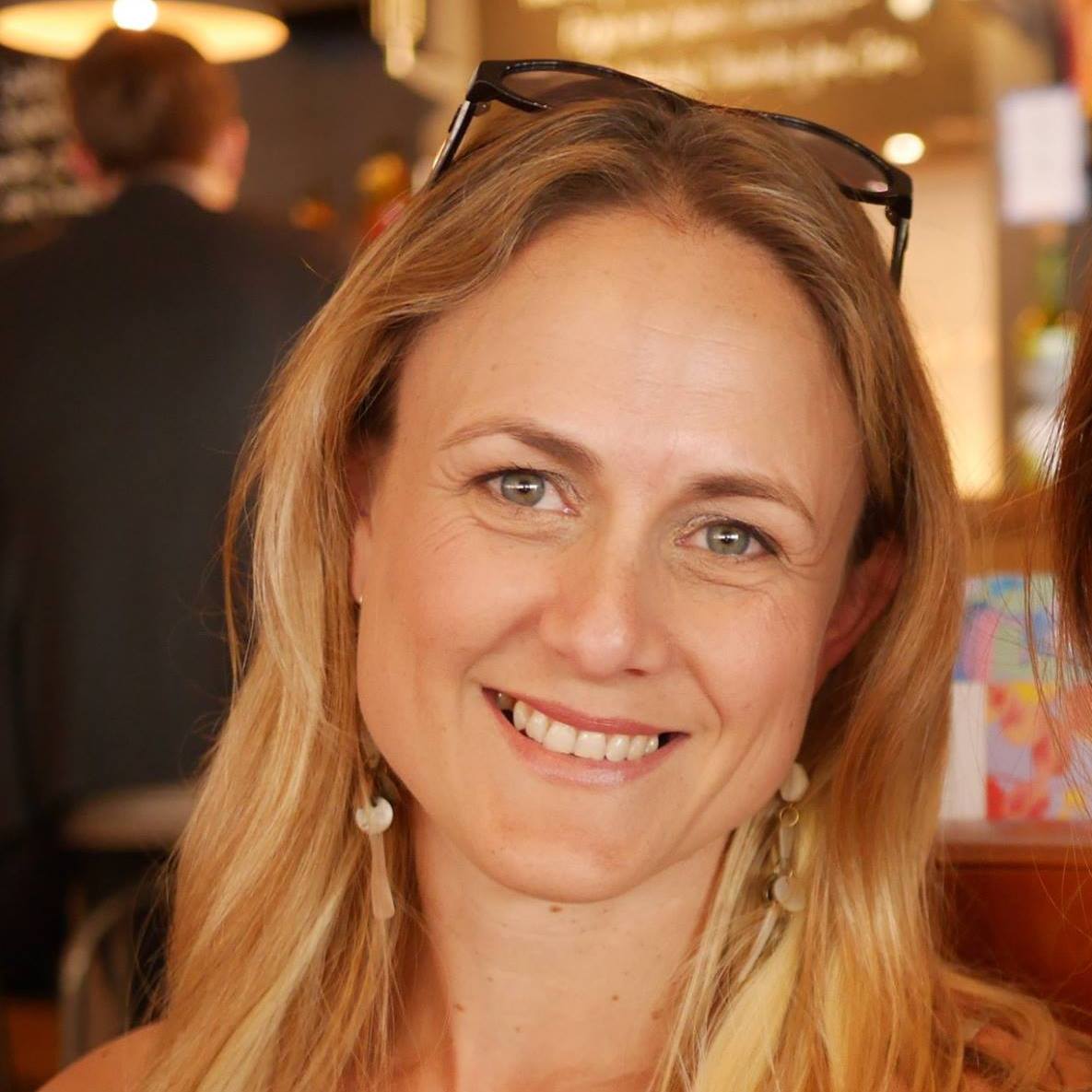
I am a preschool and primary school teacher and mum to 3 children. I have been involved in education since 1997 and have trained in a variety of educational specialist areas. It is with this expertise that I write articles to help parents and educators provide quality learning experiences for the children in their care.


